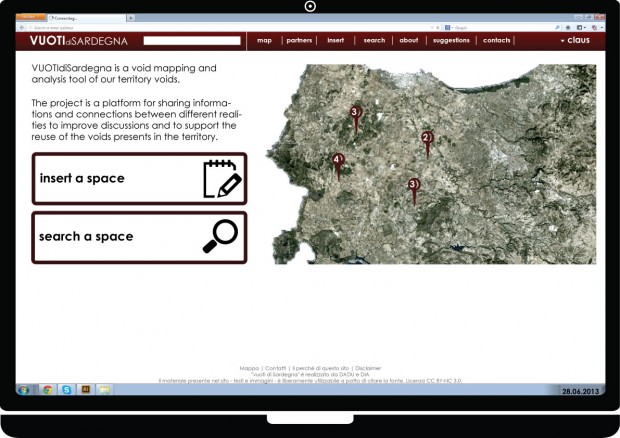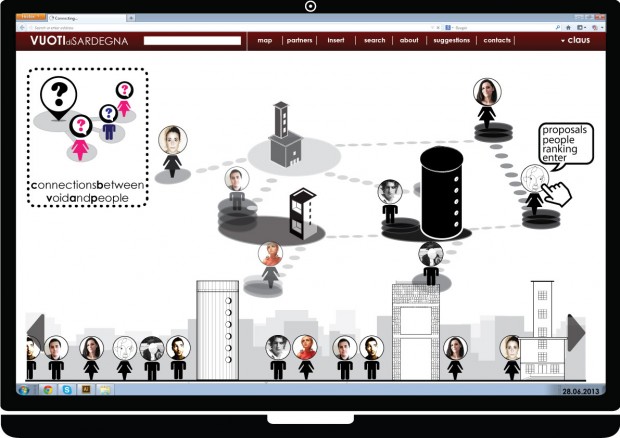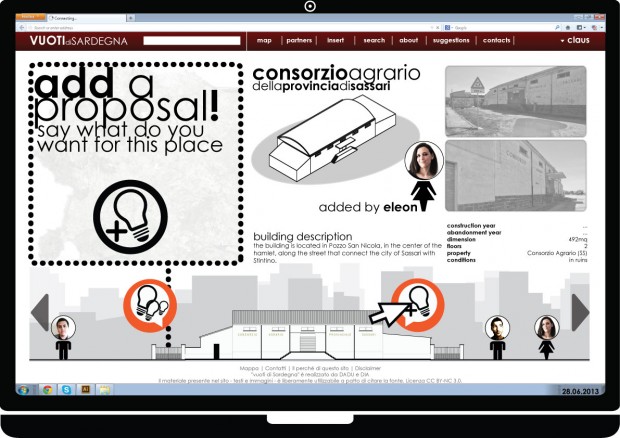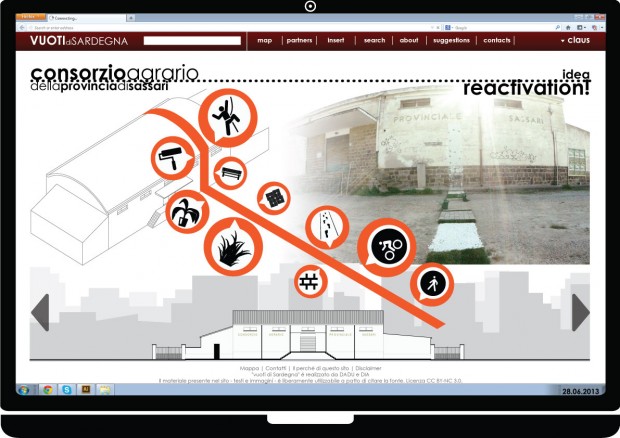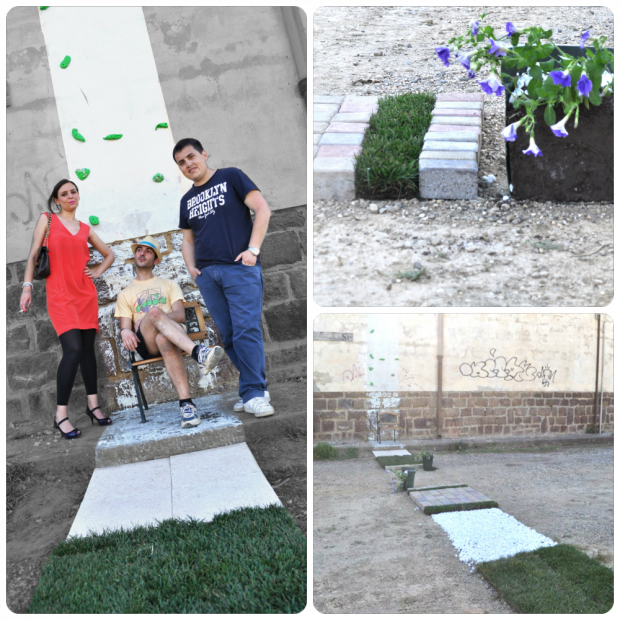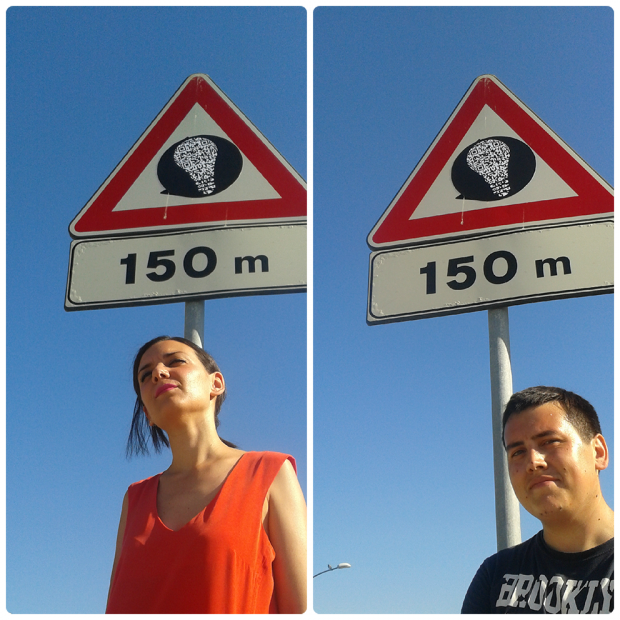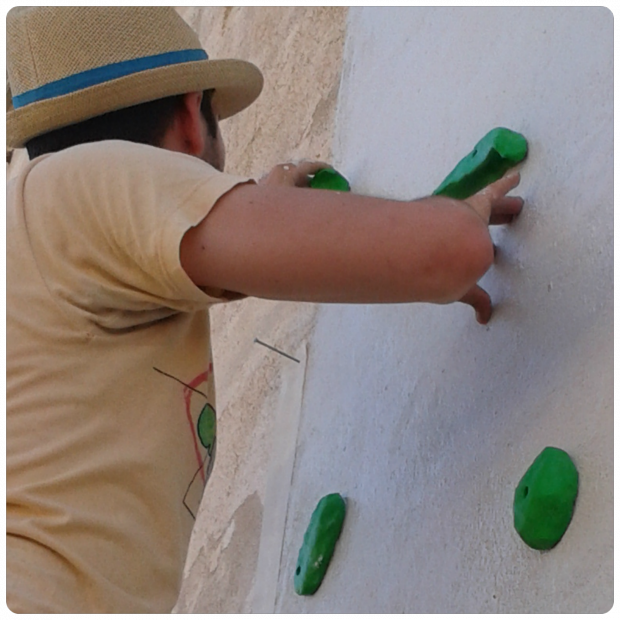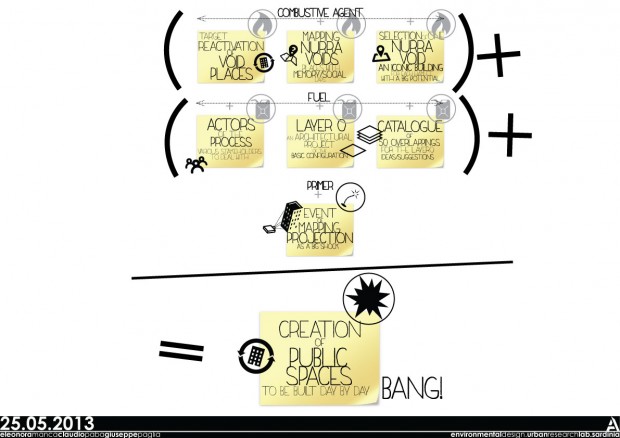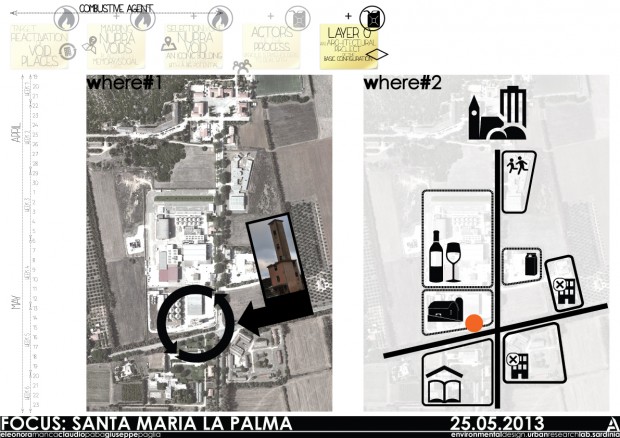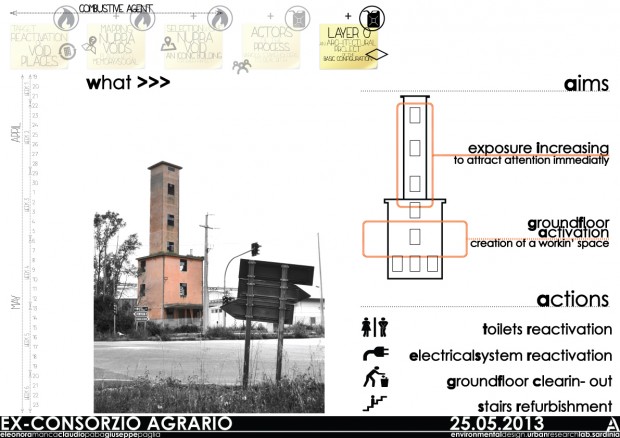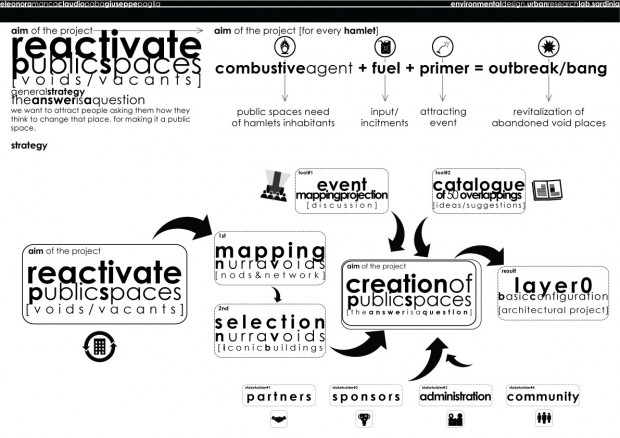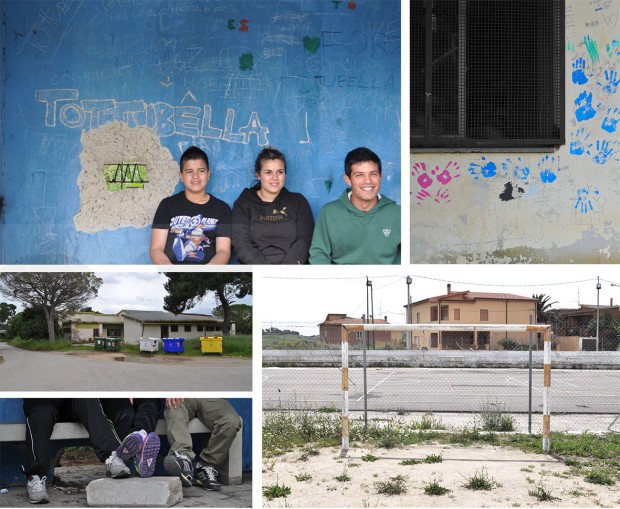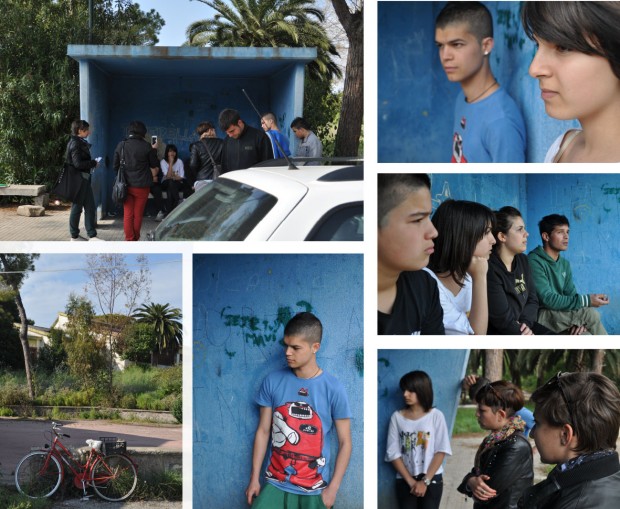Networked Urbanism
design thinking initiatives for a better urban life
apps awareness bahrain bike climate culture Death design digital donations economy education energy extreme Extreme climate funerals georeference GSD Harvard interaction Krystelle mapping market middle east mobility Network networkedurbanism nurra nurraempathy placemaking Public public space resources Responsivedesign social social market Space time time management ucjc visitor void waste water Ziyi
Posts by Paba, Claudio
After our work resume, here’s our video for VUOTIdiSardegna, the Social Database for abandoned places in Sardinia.
VUOTIdiSardegna is a social database born to map the Voids present in the Nurra territory and in the rest of Sardinia, and to attract attention on them giving proposals about their possible future.
The project begins from the topic of the Void and its possible interpretations. After analyzing the Void concept in culture, art and architecture, we developed a personal vision of the Void culminated in the “City of Voids”, an ideal city where every cluster corresponds to a different Void declination; in general, the Void is conceived as dynamic and moving. The advancement consists in the Void research in the Nurra region; we investigated the Nurra history and we went to the different hamlets to meet people, in order to understand how they feel the Void in their own territory: the result is the presence of the Memory Void in a context of Social Void. This outcome brought us to categorize these Voids as Potential Voids.
After the previous result and a deep research about the importance of building regeneration , we began the Void mapping, that led to VUOTIdiSardegna. The website is a platform that connects the different mapping voids realities already existing, and operating in the territory; the aim is to create the most complete database about abandoned places in Sardinia, thanks to the work of organizations like SardegnaAbbandonata and of every person and association, public and private, interested in contribute to the project. In fact, it’s a totally open website and this allows everyone to participate to the mapping process and the database construction, a social database because every attendee becomes a user linked with the voids and the other users.
VUOTIdiSardegna is set up as a tool thanks to which it’s possible to obtain different information layers about the Voids and make overlaps with them. In this way, the website facilitates the Voids use, in facts it connects empty space availability with any people need compatible with them. VUOTIdiSardegna is configured as a triple network: the Voids network, the Users networ and the Ideas network; they’re interconnected each other.
For every Void, it’s possible to see who are the users connected with it; for every user, it’s possible to see what proposal he made for that Void and for the others, and so on, in order to have connections and links between people, the Voids they mapped and the ideas they have for those Voids. In particular, every Void has its own page, where everyone – after the registration to the website and becoming a user – can make 5 simple actions:
- Add infos about the Void, contributing with images, videos and general informations
- See proposals made by other users for that Void
- Add proposals saying what the user wants for that place
- See what’s around, a list of similar examples
- See the action that was made for that void
Focusing on the action, it’s a kind of intervention on the building, in order to show a possible new life for it. In particular, our action shot for the Consorzio Agrario building in Pozzo San Nicola, a village depending on the Stintino Municipality. Since it was impossible to refresh the whole building with no resources, we provided to reactivate just a strip of it with different operations along: wall whitewash, climbing wall, a bench, the greengrass, a flooring, a bricks flooring, a path, a bikepath and the sidewalk refurbishment.
In a 80 cm strip, we gave a snapshot of a possibility for the abandoned building. The hope is to make Nurra (and Sardinia) inhabitants aware of the importance of these places, for the memory that they carry on and for their worth not only in the past but also in the future.
Actually, the website is working. It’s a testing phase and it will be followed by its implementation. We guess that it could really represent an important tool for Sardinia and for Sardinian people.
something happened…
…in Pozzo San Nicola
it’s time to recap our last weeks work!
first of all, this is an updated diagram of our intervention strategy:
here it’s possible to find the same concepts explained in our last post weekly update with new entries and a new set-up.
in particular, after the interviews and the void mapping and selection, here we present the first idea for the LAYER O focused on Santa Maria La Palma’s Consorzio Agrario:
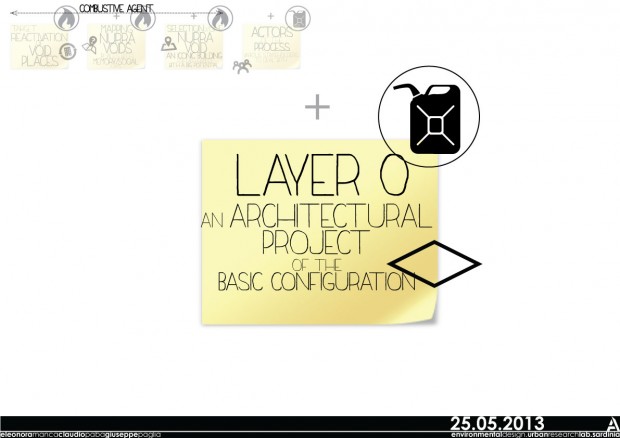
After our last step (shown in this post: http://networkedurbanism.com/posts/searching-the-void/), here we introduce our work update.
In the diagram you can see the general concept of our idea and the strategy developed to reach our aim. We started looking for the voids inside the Nurra territory and we found them, especially memory and social voids. We made a selection, finding the ones with a big potential (one for each hamlet): there, we’ll try to reactivate them as public spaces. In the diagram you can see the stakeholders involved, starting from the community as the first “actor” of the process. In order to attract communities in these abandoned places, we’ll make them a simple answer: “what do you want for that? what could it become?”; our input is a simple design project, called “layer 0”, where could be possible to overlap 50 different solutions of public spaces but studied for that particular place. The shock will be given by a performance of mapping projection, where people will be encouraged to give their first feedback about their thoughts relating to that void.
Here we are. We started working on the void concept and his different variations, visible in the video at the following link:
http://networkedurbanism.com/posts/nurra-empathy/
After this first step, we tried to understand better the Nurra territory, searching for these voids there and knowing that it was possible to find in this big part of north-western Sardinia a strong potential energy, ready to be released. It was very important talking with people in this complex and difficult villages, where the first impression is a state of abandon and resignation of public spaces, contrasting with well-finished and dignified private houses and people, in particular in Tottubella.
So we started figuring out that there were material voids, and we are talking about public buildings and agriculture fields, but also immaterial voids, like social voids. The good new is that people there still has the ability to think about his future and, in particular, a future in that places; not in every Nurra village but in some cases we found people intrested in improving his knowledge and trying to make things better, especially about the place where they live. We talk about people between 15 and 45 years old, and in particular young boys and girls.
We think it’s also important talking with elderly people, ’cause they’re a big part of the community in these villages but, instead of the bar, they have no place to go (like teenagers and children). What’s intresting is that they keep the memory of the villages because they were there when Tottubella, Palmadula and so on were founded.
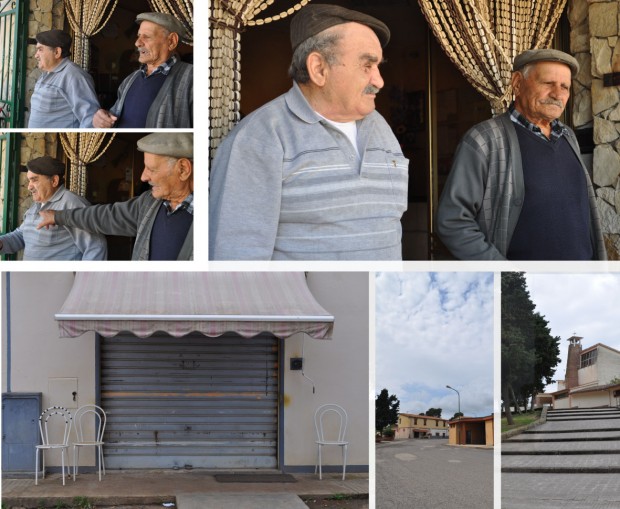
Our next step is finding places where re-activate communities, creating a double grid: one internal to the most important villages, one in which villages are grid nodes themselves, starting from that voids we were searching for.

